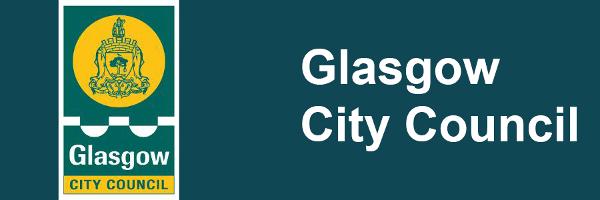Glasgow and COP26 Learning from a City in Transition
Email (opens new window)Links
The scale of the response needed to deal with climate change is unprecedented and a major challenge to the behaviour and expectations of individuals, organisations, government and society in general.
The status quo will not be an option.
Glasgow's Transition
Glasgow's experience over the past 40-50 years gives some pointers as to how the transition can be managed. Glasgow's recent history can be split into three main phases:
- The first covered the 1970s up to the mid-1990s
Economic decline and depopulation coincided as manufacturing employment in the city declined and opportunities tended to be dispersed throughout the wider city-region. - The second went from the mid-90s to the mid-2000s
The city's economic base broadened to cover all aspects of the service economy, however the consequences of the previous phase came into focus through poor health, premature death, and the prevalence of large areas of multiple deprivation. - The third takes us to the present day (before effects of the pandemic)
There has been demographic and employment growth, the population has become more diverse and multicultural as a result of in-migration and while still disproportionately high, the city's share of Scotland's deprivation has declined. Glasgow now stands as the centre point of employment and demographic growth, the focus of the surrounding city-region.
Main Trends
The main trends have been:
- Employment
Over 100,000 jobs were lost between 1971 and 1991, of which 82,000 were in manufacturing; signs are now that the number of jobs in the city in 2020 (458,100) is now greater than in 1971 (424,100) along with a transition to the service sector economy. - Demographics
The population fell by 20% in the decades up to 2000; since then stabilisation and growth, more recently due to in-migration from overseas, has compensated for a declining birth rate and an ongoing trend of net migration to the rest of Scotland.
The 2020 population (635,600) is now back to the 1991 level (629,200), with an increasingly diverse and multicultural population contributing to employment growth. - Population Attraction and Retention
The change is largely due to the 25 to 44 age group, which in 2020 comprised 35% of the city's population, compared with 23% in 1981 (there are now more people in the age bracket than there were in 1981; 220,000 out of 635,600, compared with 161,700 out of 712,400). - Use of Benefits System
In 1999 30% of working age adults receiving Incapacity Benefit, Income Support or Job Seekers' Allowance; in total 118,300 persons. Worklessness levels were still high even ten years after the main loss of manufacturing jobs, a long-lasting impact that fed through to high rates of premature death, poor health and drugs use. - Transition
The joint demographic and economic transition led to increasing problems with multiple deprivation, so that in 2004 53% of the city's population was in the 15% most deprived areas in Scotland. The change in Glasgow were made more pressing in the way that the demographic and economic changes coincided, rather than being sequential. The most recent deprivation analysis in 2020 shows that this figure has fallen to 36%, it is still a major issue in many areas but the scale is not as it was before. - Population Growth and Employment Growth
The period between 2005 and 2020 saw an increase in the working age population (66,000) that was similar to the increase in resident employment (62,100) which itself was the same as the increase in workplace employment (61,700), implying that the benefits of the most recent period of employment growth had been internalised within the city and not dispersed throughout a larger area. - Diversity
In 2020 37% of all births were to mothers born outside the UK; not an isolated year. Data on National Insurance numbers issued to adult overseas nationals entering the UK suggest that since 2002 a total 146,700 were issued although there is no way of knowing how many are still resident in Glasgow. Even assuming that all out migrants to overseas locations were previous in migrants, this would be a minimum of 81,700 from non-UK locations. Equivalent to 13% of the population, in addition to the existing ethnic minority population.
Conclusion
Adapting to climate change will require individuals, organisations, government and society in general to make fundamental behavioural changes in the way they view and treat the environment. Glasgow's experience over the last fifty years shows that adapting to new circumstances can be done, however this transition can be done well, or badly.
The process requires to be managed by all institutions, both local and national and as Glasgow's experience of de industrialisation shows, a hands-off approach and having to do it alone is not enough.
Glasgow is now going through a period of change, this time positive, and associated with increases in population, employment and diversity. This structural change can be associated with freshness, new ideas, experiences and perspectives. What better time to embed ideas that are current within sustainability: on resource use, recycling, and a shared future.
For further details, additional data, information on sources and comparative information with other cities contact via email James Arnott at Neighbourhood, Regeneration and Sustainability at Glasgow City Council.




